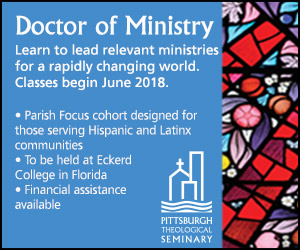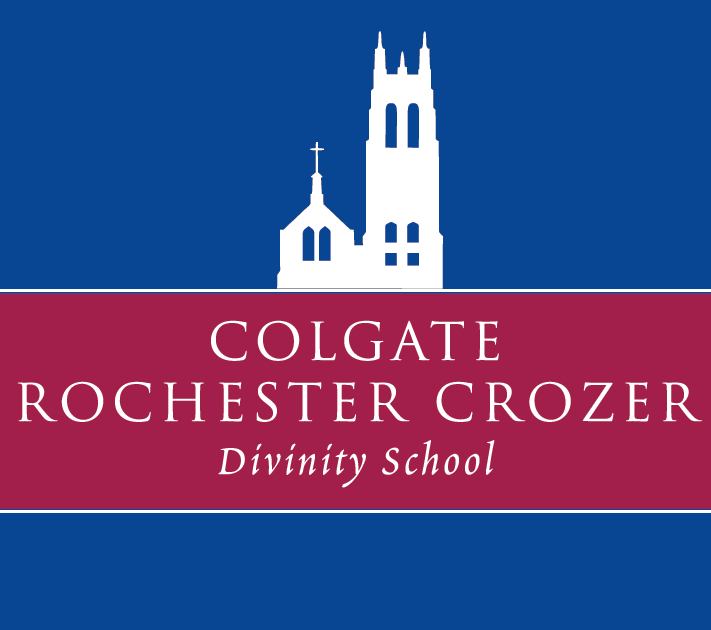By Lerone A. Martin
Best practices: During February, March, and April, 2012 the New Media Project bloggers are looking intentionally at new media “best practices.” Join the conversation: What are the new media best practices in your church or organization? What are some other examples of how communities engage in new media well? Tell us in the comments below.
Gender, race, and class matter online. Despite evidence that technology is flattening our world, the 2012 report Virtually Religious: Technology and Internet Use in American Congregations points out that gender, race, and class influence and indicate media practices.
Hartford Seminary’s Scott Thumma authored the aforementioned report based on data from the 2010 Faith Communities Today (FACT) national survey of 11,077 congregations. The report details the current landscape of new media in congregations, as well as the variables that sway and signify the same.
First, when it comes to new media use, congregation size does matter. “The size of a congregation,” according the report, “is the primary factor in its level of tech use.” Interestingly, congregation size and new media utilization enjoy a dialectical relationship. As a congregation grows, new media is increasingly necessary to stay connected in a networked society. Conversely, the more a congregation uses technology, the more likely the congregation is to grow. Simply put, growth necessitates new media, and new media can help blossom congregational growth.
Not surprisingly, the survey also uncovered that age has a direct impact upon the use of technology. The instances of technology use decrease as the age of the congregation, its members, and its leadership increase.
Economic status is also a factor. The survey found that the educational level of clergy and church members did not have a noteworthy relationship to a congregation’s use of technology. However, the closely related category of economic class did. In fact, “the wealthier the congregation, at any size, the more likely it is to be employing technology.” In a networked society, the organizational use of new media, in many ways, may possess both class sensibilities and aspirations.
The research findings regarding gender are surprising. While it is a common adage that the average congregation is at least 60 percent female, the survey revealed “the larger the percentage of female members, the less likely the congregation is to employ a wide array of technology.” Moreover, the survey indicated that regardless of the size of the congregation, the presence of female clergy corresponded with a lack of “robust” utilization of technology. Report author, Scott Thumma, recommends that this correspondence be considered in the light of other data that show fewer female clergy than male clergy leading larger, wealthier congregations.
Race is also a factor in understanding new media utilization in congregations. Thumma says the data revealed that “white congregations utilize even the most basic email and website technologies at a greater rate than do black congregations for almost every size category.” This finding raises several questions concerning equitable access and practices of new media.
In an increasingly networked and techno savvy society, it seems that religious leaders have to consider the size, socio-economic status, age, gender, and race of their respective communities and/or target audiences in order to best understand and utilize new media. This includes fine-tuning technology use for some communities and exploring how to overcome a technology “gap” that exists in others.
Lerone A. Martin, a research fellow for the New Media Project, is Assistant Professor of American Religious History and Culture at Eden Theological Seminary in Saint Louis, MO.
The New Media Project at Union Theological Seminary is a research project helping religious leaders become theologically savvy about technology.
Reposted with permission. Copyright 2012 New Media Project at Union Theological Seminary



















